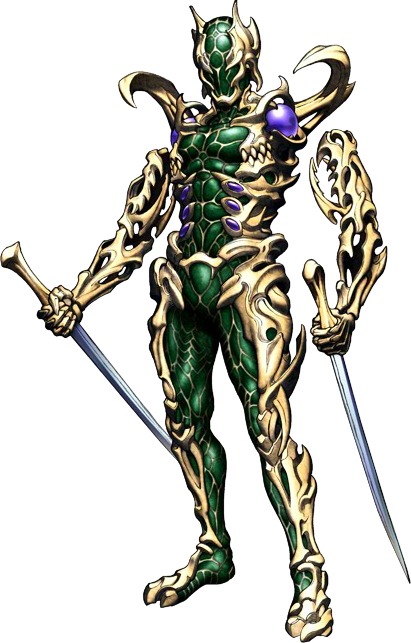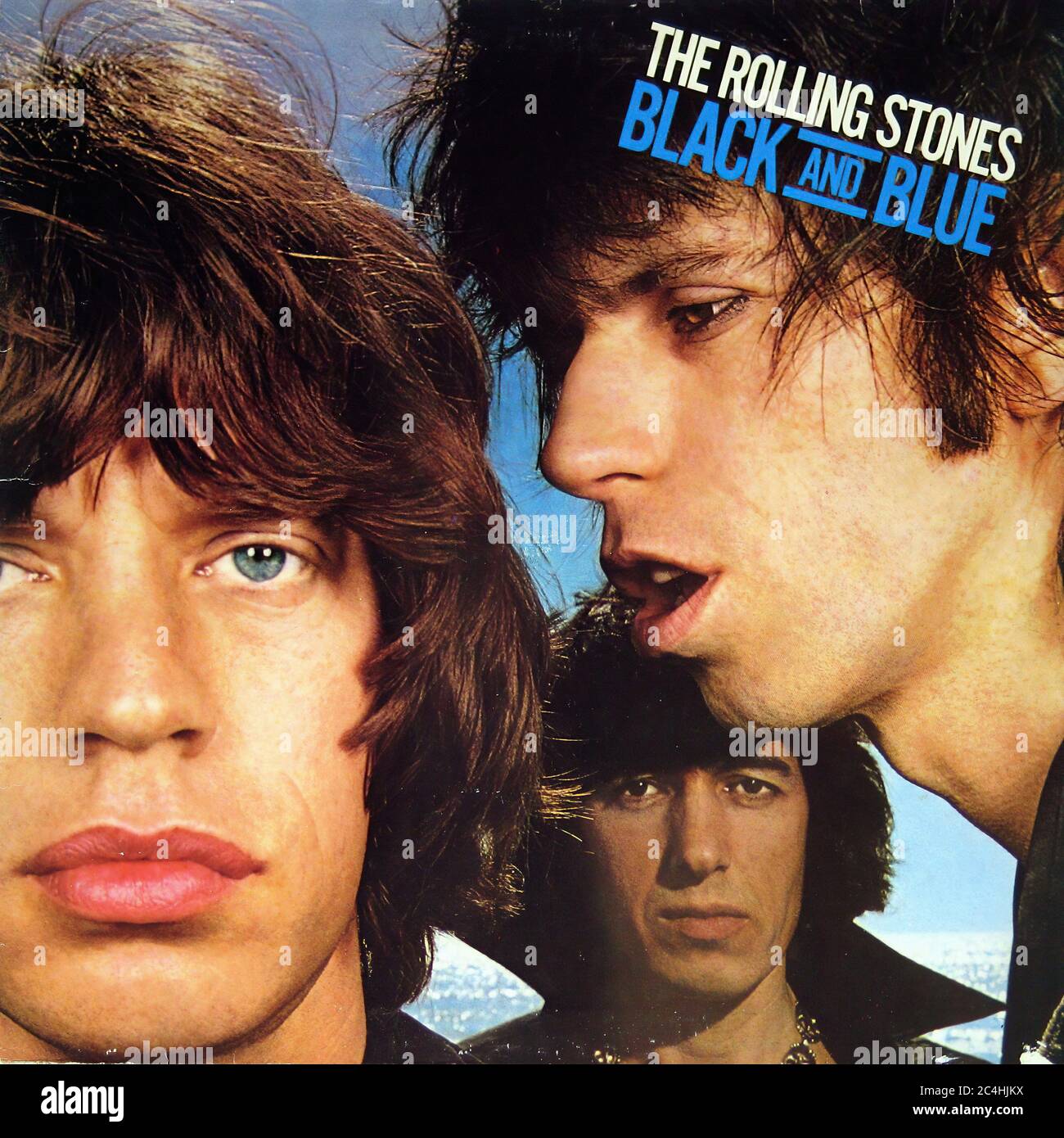

A great deal of it is about a variety of attractive women that have flitted in and out of the band’s world, but it succinctly nails the road life ennui, “On the seventh day,” Jagger sings, “my eyes were all aglaze, we'd been 10,000 miles, been in fifteen states…”

Memory Motel (“She has a mind of her own and she uses it well…”) has Wayne Perkins and Harvey Mandel on guitars and seems to be revisiting some old Stones nostalgia. There are two great ballads on the album. And then, just when you think, ‘there’s no way this will break down into some clomping jazz-rock’, it does precisely that. Hot Stuff goes for boiling dance floor pressure, comes up a bit short, falls a bit flat, and settles instead for a head-nodding ultra-bump, with more of Preston’s stinging piano lines. The record actually begins with a rigid disco groove. “I need money,” Jagger sings, before offering, contemptuously, “my sweet ass…” Charles Shaar Murray, reviewing the record in 1976 (and also demonstrating that the musical press also did things very differently 30-something years ago) had this to say: “The song ain't no Nobel Prizewinner, but it's just solid enough to give the riff an excuse for living and the chorus vocals (by Jagger, Richard, Preston and Wood) have a nicely sassy urgency.” Good enough. There’s Preston again, loosening up with a string of pearly piano shapes. Then there’s Hey Negrita, a living jam session which transports you to Munich’s Musicland Studios and puts you flat on your back on a long leather sofa. Example: Hand Of Fate relishes the lines, “Yeah and I watched him die, yeah, watch out boy, I watched him die, woah!” before feeding back into a startling guitar solo far more eloquent than the pick ‘n’ mix outlaw song lyrics. The songs do tell stories but that’s not what makes the songs work. How could there be anything more to this straightforward rocker than Charlie’s and Bill’s pots and pans groove, the wall of full-throated backing vocals and Woods’ and Richards’ paint-peeling guitar figures? There is no point in looking for some hidden significance here – in fact, the idea is pleasantly amusing. Take Black And Blue’s final track, Crazy Mama. So tune your ears in, but turn your brain off for a while, you won’t be needing it. This record is a triumph of sensation over meaning. It’s a good example of the old ‘Dancing about Architecture’ problem - there is nothing the music says that can usefully be put into words. No one would think badly of you, except, perhaps, rock critic extraordinaire Lester Bangs who decreed Black And Blue was, “a letdown of hideous proportions” and “the first meaningless Rolling Stones album.”īut that seems to miss the point somewhat because Black And Blue, perhaps more than any other Rolling Stones to date, was all about the medium rather than the message. In 1976 you could also, quite legitimately, get Billy Preston into the studio to play on Eric Donaldson’s Cherry Oh Baby, and then sing in a cod-Jamaican accent all over it. Mick thought it was ‘a valid piece of commercial art, just a picture’ and Keith claimed that it was ‘funny’ but various feminist groups weren’t quite so sure and protested until it was removed. For example, Black And Blue was originally launched in American with a huge billboard on Sunset Boulevard that showed the model Anita Russell bruised and bound by Mick Jagger, accompanied by the phrase, “I'm Black And Blue from the Rolling Stones - and I love it!” It's not considered a Stones classic but that doesn't mean it's not worth listening to.ġ976 is a very long time ago and the world was a very different place then. The Rolling Stones' 13th studio album was released in 1976, after being recorded mainly at Musicland Studios in Germany, and in Rotterdam, Netherlands. Der Funkbrecher »Hot Stuff« wurde prompt zu einem Clubhit. ✻lack And Blue« enthält wundervolle Balladen wie ✿ool To Cry« und »Memory Motel« und einige Riff-Perlen wie »Hand Of Fate« oder ✼razy Mama«. Aufgenommen wurde das Album in Deutschland, Holland, der Schweiz und den USA. Nachdem die Rolling Stones meherere Ersatzgitarristen für Mick Taylor unter die Lupe genommen hatten, unter anderen auch Wayne Perkins und Harvey Mandel, die beide auf dem Album ✻lack And Blue« zu hören sind, entschieden sie sich letztlich doch für Ronnie Woods, der dann auch neben Charlie Watts auf der Rückseite des Album-Artworks stand.

1976 stieg ✻lack And Blue« auf Platz 1 der US Charts ein.


 0 kommentar(er)
0 kommentar(er)
